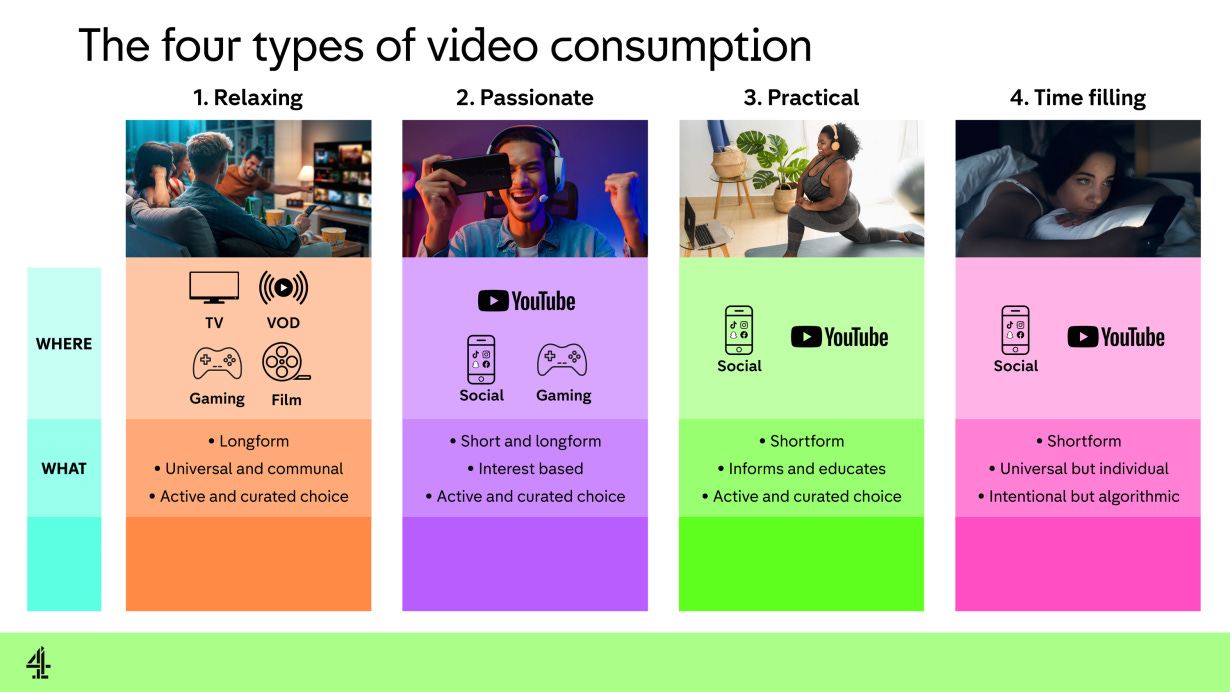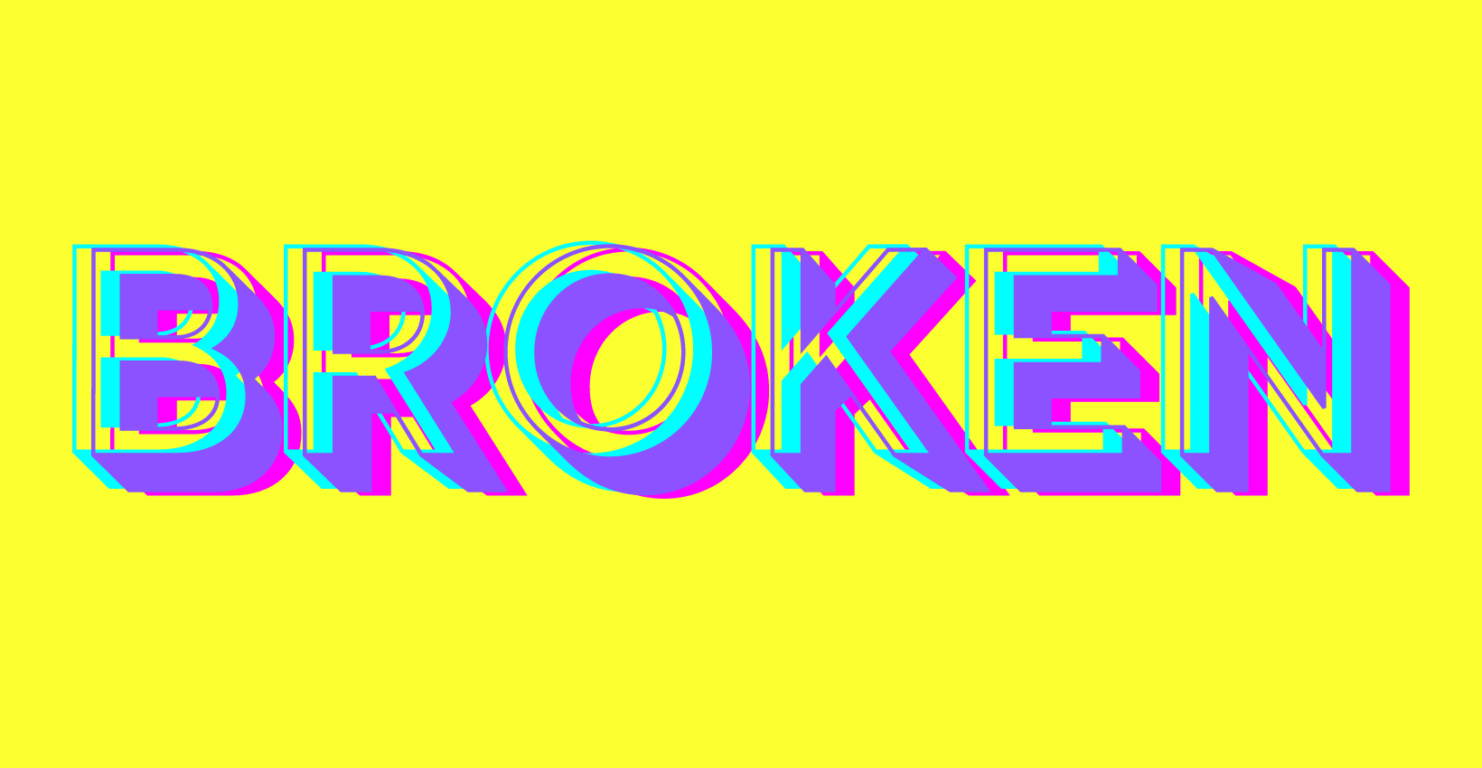Broken: Rule 4 – Build Content Formats That Become Habits
We’re now at day four of our mini-series on the rules for our new content discovery era. We’ve looked at understanding audience attention, developing your value proposition, and targeting niches to build your audience. Now we are going to look at how you can build audience loyalty:
Rule 4 – Build content formats that become habits
Some of this is about resisting the design traps of the major platforms, who do everything they can to keep us watching their algorithmic feeds. But some of this is about actively choosing to build habits around digital media that we love – the podcast we listen to on the way to work, the newsletter we read first thing in the morning, or the drama series we’re bingeing on Netflix.
The best measures of engagement aren’t just time watched or return visits – they are about how many people are looking forward to your next episode. If you’re really delivering value for your audience, they will create space in their busy lives to regularly give you their attention. This should be your goal – to stop creating content that people scroll past, and start creating content that people build habits around.
Research from Jenni Romaniuk, the Director of the Ehrenberg-Bass Insitute and a leading expert on how brands grow, shows that lack of awareness is four times more likely to be the reason for not choosing a brand than active brand rejection. So being a regular part of your audiences’ media diets is the ultimate goal – obscurity is a much bigger business risk than not getting your brand positioning right.
A good tool
The great thing about thinking about habits is, it means that you look into the broader context around your audience’s attention. It isn’t just about the platform or the device, but everything else that goes on around them – it means recognising that digital media exists in the real world.
We often ask our clients “Where does this format fit into your target audiences’ lives?”. Build a scenario that explains when and how they engage with your format, and what they need to do to build a regular habit around it. Channel 4 Chief Alex Mahon’s recent talk to the Royal Television Society, shared some great research into how their audiences used different kinds of digital video for different purposes in their lives. These are the kinds of insights we love at Storythings.
.

.
A good example
Looking back at the first prototypes, he got a lot right with the format – ten short links followed by ten slightly longer recommendations – but more than anything, he got the timing right. The format goes out in the late afternoon every Friday, and we know from many of our audience it’s the signal to start the weekend. We often hear that people see it in their in-boxes, and then break out a cup of tea (or something stronger) before sitting down to read it, as a way of winding down after a week of work. Creating something that people turn into a habit is hard, but it’s incredibly rewarding when you do, because it really helps you imagine your audience, and how you fit into their lives.
.

